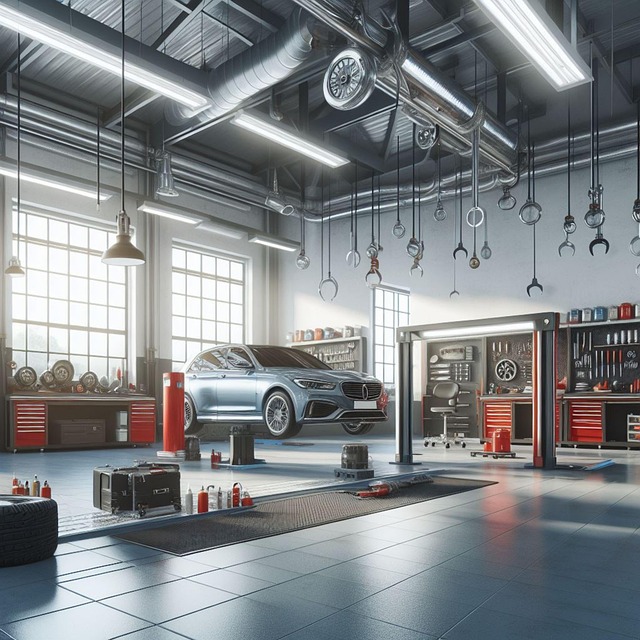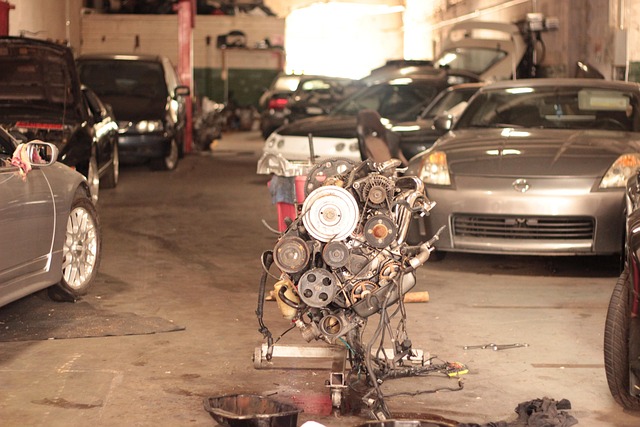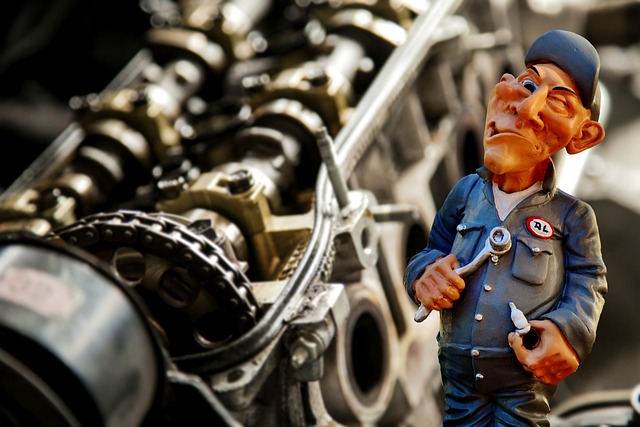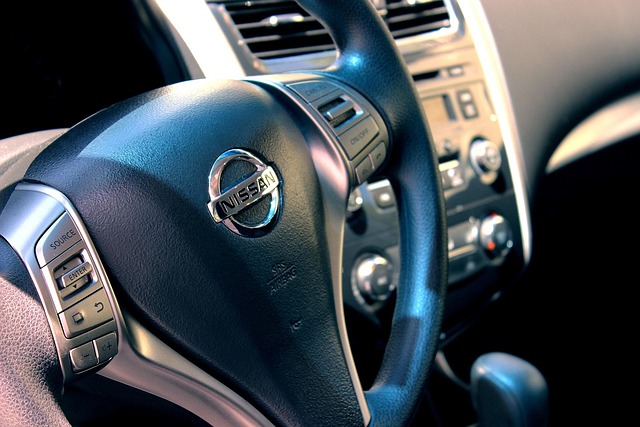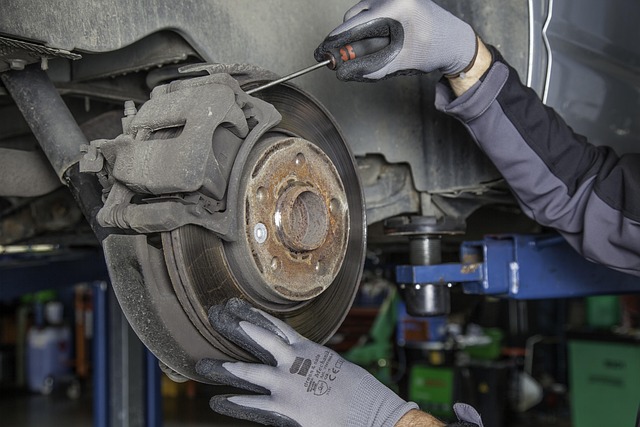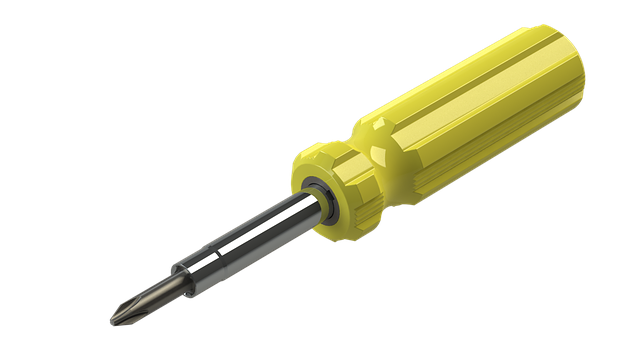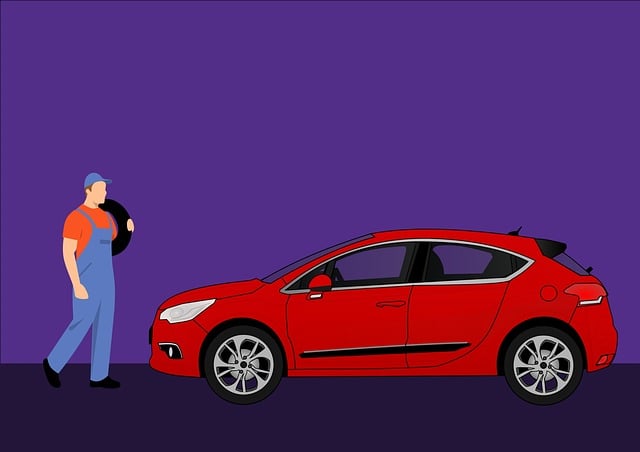Advances in material science have transformed crash damage repair with lightweight, durable composite materials like advanced polymers and fiber-reinforced composites. These innovations offer superior strength and impact resistance compared to traditional metal repairs, enhancing fuel efficiency and structural integrity. By streamlining restoration processes and ensuring exceptional corrosion protection, these materials revolutionize auto body work and frame straightening while maintaining aesthetic appeal through improved painting techniques. This shift towards composite materials contributes to a more sustainable automotive ecosystem by minimizing vehicle weight and boosting safety standards.
In today’s digital era, crash damage repair has evolved dramatically, driven by modern innovations that revolutionize how we restore vehicles to their pre-accident condition. From advances in material science introducing lightweight and durable composites to the seamless integration of digital technologies like CAD, 3D printing, and virtual reality (VR), the landscape of crash damage repair is undergoing a metamorphosis. Automated systems and robotic techniques further streamline operations, promising enhanced precision and efficiency compared to traditional manual labor. This article explores these game-changing developments in detail, shedding light on the future of crash damage repair.
- Advances in Material Science for Lightweight and Durable Repairs
- – Exploring new composite materials and their applications
- – Benefits of using advanced polymers and fibers in crash damage repair
Advances in Material Science for Lightweight and Durable Repairs
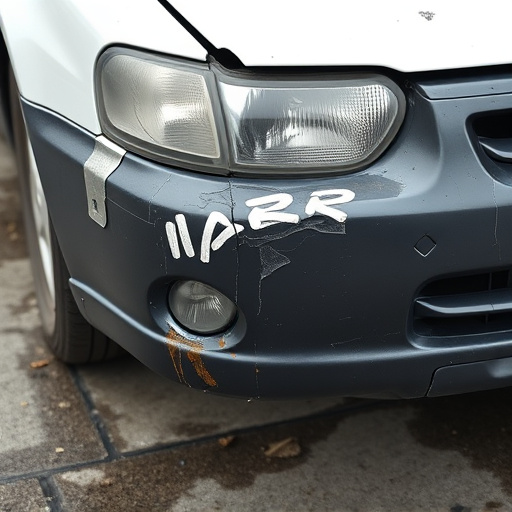
Advances in material science have significantly transformed crash damage repair, enabling the development of lightweight and durable repair solutions. New composite materials, such as advanced polymers and fiber-reinforced composites, offer superior strength-to-weight ratios compared to traditional metal repairs. These innovative materials not only reduce the overall weight of vehicles, contributing to better fuel efficiency, but also provide exceptional impact resistance and corrosion protection.
This shift towards lightweight materials is a significant step in the evolution of collision repair services. By utilizing these cutting-edge composites, vehicle restoration processes can be streamlined while maintaining or even enhancing the structural integrity of damaged parts. Moreover, advancements in material science have led to more precise and efficient auto painting techniques, ensuring that vehicles not only look as good as new but also withstand the rigors of everyday driving conditions.
– Exploring new composite materials and their applications

The automotive industry is witnessing a paradigm shift in crash damage repair with the exploration and adoption of new composite materials. These advanced materials, such as fiber-reinforced polymers and lightweight alloys, offer significant advantages in terms of strength, durability, and reduced weight compared to traditional metal components. In the realm of auto body work and frame straightening, composite materials are revolutionizing the way vehicle body shops approach crash repairs.
By incorporating these innovative composites, vehicle body shops can achieve superior structural integrity while minimizing the overall weight of the repaired vehicle. This not only enhances fuel efficiency but also contributes to a more sustainable automotive ecosystem. The versatility of composite materials allows for intricate designs and precise manufacturing, ensuring that damaged parts are not just functional but also aesthetically pleasing, thus maintaining the vehicle’s overall value in the market.
– Benefits of using advanced polymers and fibers in crash damage repair
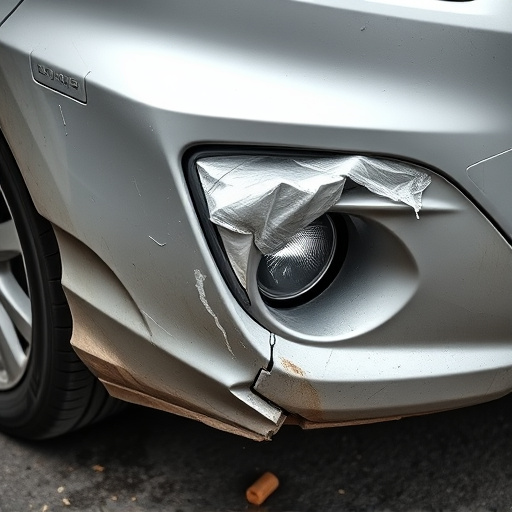
Advanced polymers and fibers are transforming crash damage repair, offering significant advantages over traditional methods. These innovative materials provide exceptional strength and durability, allowing for more precise restoration of vehicle structures. Their lightweight properties not only enhance fuel efficiency but also reduce overall weight, a key factor in modern vehicle design aimed at improving safety standards.
In the realm of auto glass repair, specialized polymers ensure clear visibility and superior impact resistance, mirroring the performance of original equipment. This is particularly evident in Mercedes-Benz repairs, where precision and quality are paramount. Furthermore, these advanced materials offer better dimensional stability, ensuring that repaired areas maintain their original shape and integrity, contributing to the overall safety and reliability of the vehicle.
Modern innovations in crash damage repair technology have transformed the automotive industry, offering lightweight, durable, and efficient solutions. Advances in material science, particularly the development of new composite materials and advanced polymers, are revolutionizing how we approach crash damage repair. These cutting-edge techniques not only enhance vehicle safety but also contribute to reduced weight, improved fuel efficiency, and lower environmental impact. As research continues, we can expect even more sophisticated methods to emerge, further refining the art of crash damage repair.
